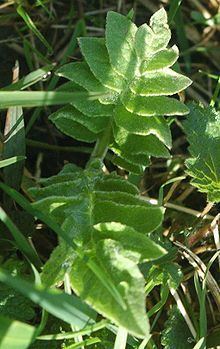Kingdom Plantae Family Asteraceae Scientific name Leuzea carthamoides Rank Species | Order Asterales Genus Rhaponticum Higher classification Rhaponticum | |
 | ||
Similar Rhodiola rosea, Eleutherococcus, Rhaponticum, Five‑flavor berry, Spikenard | ||
Rhaponticum carthamoides, also known as Maral root or Rhaponticum, is an herbaceous perennial plant from the family Asteraceae that inhabits the sub-alpine zone (4,500–6,000 ft (1,400–1,800 m) above sea level) as well as alpine meadows. It can be found growing wild in Southern Siberia, Kazakhstan, the Altay region, and Western Sayan Mountains. Maral root is widely cultivated throughout Russia and Eastern Europe. This plant derives its traditional name Maral root (Maralu) from the maral deer who fed on it.
Animal studies indicate that maral root may have a beneficial effect on memory and learning in rats, increasing working capacity of tired skeletal muscles, as well as anabolic and adaptogenic processes in rats.
R. carthamoides is high in 20-hydroxyecdysone, one of the most common molting hormones in insects, crabs, and some worms and 20E can disrupt their molting and reproduction.
